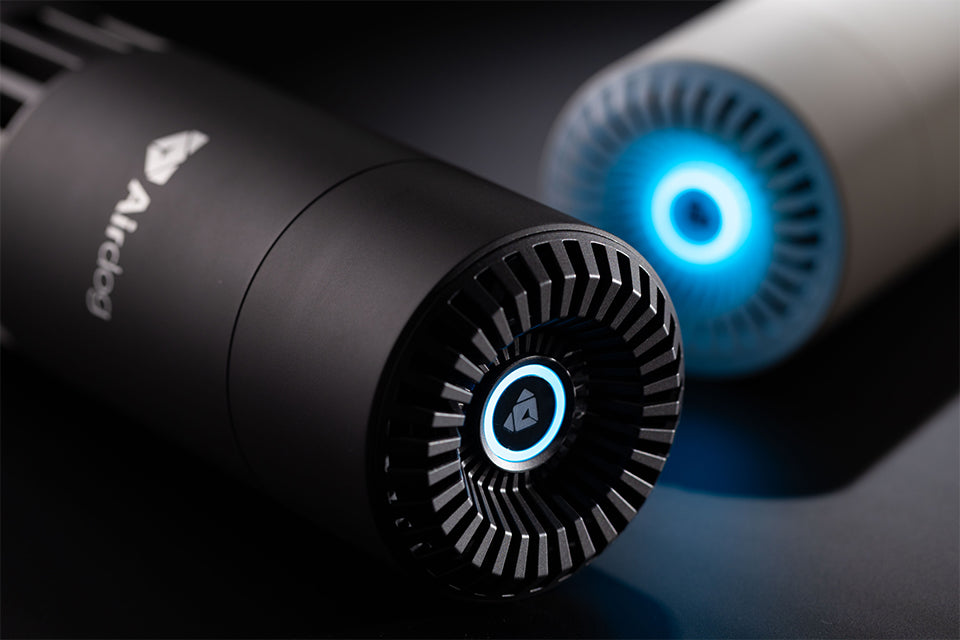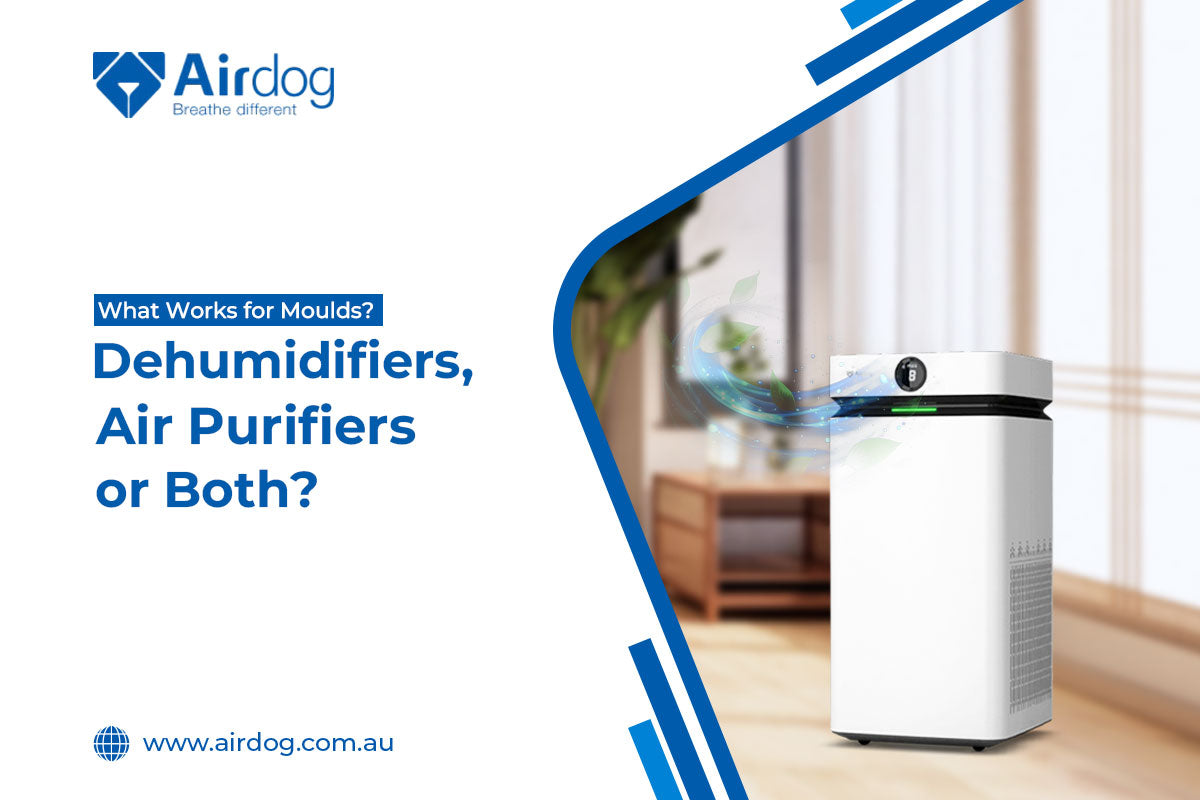Hay fever, a.k.a. allergic rhinitis, strikes Australia in October and continues right up to February, affecting around a quarter of Australians. And the severity of this problem is worsening with every passing year, affecting the health of both adults and children.
The chief cause of hay fever, apart from dander and dust mites, is pollen. Pollen grains are tiny particles that are released by flowering plants, trees, and grass for the purpose of pollination. While this is undoubtedly a necessary process that powers the ecosystem, it does impact people with sensitive systems.
Those with a poor immune system bear the brunt of the hay fever season. Their bodies view the breathed-in pollen as an invasion, and their immune systems set off a series of alarm bells to remove these irritants from the airways. It results in sneezing, a runny nose, itchy and watery eyes, chest congestion, inflammation and difficulty in breathing.
The increase in Aussie hay fever sufferers from 15% in 2008 to 24% in 2024 says a lot about the decline in air quality in Australia and the changing climate patterns, which have resulted in an extended flowering season and a spike in the frequency of thunderstorms. All these factors contribute to the hay fever woes of Australians.
While purifying the air outside requires the effort of many hands, purifying the air indoors requires just yours. An air purifier is among the most recommended solutions to minimise hay fever symptoms since it eliminates triggers like pollen grains, dander, and dust mites from the air.
How effective are they? How do they work? And which air purifier is your best bet?
Do Air Purifiers Help with Hay Fever?
Yes, air purifiers are recommended for purifying the indoor air, especially during hay fever season. Keep the air purifier turned ‘ON’ all day and shut the windows, so that the purifier doesn’t get overloaded with the frequent entry of irritant-loaded air. Make sure to use the air purifier during or after a thunderstorm. That is when pollen grains get sucked up by strong winds and are broken down into proteins that rain down on unsuspecting people causing havoc; especially on asthma sufferers.
Use an air purifier at night without fail to facilitate better sleep. Hay fever is a comfort and productivity killer, so request that one be installed in your workplace as well.
There are plenty of other care recommendations to help you stay safe, like bathing as soon as you come indoors, or wearing masks while outdoors, or staying inside during the early part of the morning, but investing in an air purifier is something that families should seriously consider since it’s a proactive way of purifying indoor air. Often, it becomes a big source of relief to sufferers, especially children.
Another hay fever hack is to install a pollen tracker mobile application. A pollen tracker App should help you check when pollen levels are high and gauge whether it is safe to step outside. You can use the App’s high pollen alert warnings to adjust the settings of your air purifier to work harder for you.
How Does The Airdog Air Purifier Range Help Tackle Hay Fever?
The best part about the Airdog range of air purifiers is that, apart from easily snapping up pollen grains (~15–100 µm), the purifiers come with an inbuilt Air Quality Indicator to monitor air quality in real time and adjust performance accordingly.
Airdog’s X3, X5, X8, and X1D purifier models all provide real-time AQI displays, and the self-adjustment really spares you the need to fix settings every time the air gets bad quickly. It quietly monitors air quality and fixes the problem noiselessly. Don’t forget to choose an air purifier that is suitable for your room size to maximise its efficiency.
The Airdog range eschews the typical air purifier formula of a HEPA filter, most of which aren’t true HEPA air filters anyway, and uses the more potent Two-pole Active Filtration Technology® (TPA) to remove particulate matter instead. Replacing an HEPA air filter can be pretty expensive, and it is among the least environmentally friendly air filters around.
Winding Down
Melbourne, Canberra, and Sydney are some of the major Australian cities whose citizens are most affected by pollen. The rye grass, the Pellitory weed, and the wattle tree are some of the chief contributors to pollen spikes.
So, what is your best bet?
Invest in a good-quality, environmentally-friendly air purifier that cleans up the indoor air, so you have a safe place during hay fever season.


